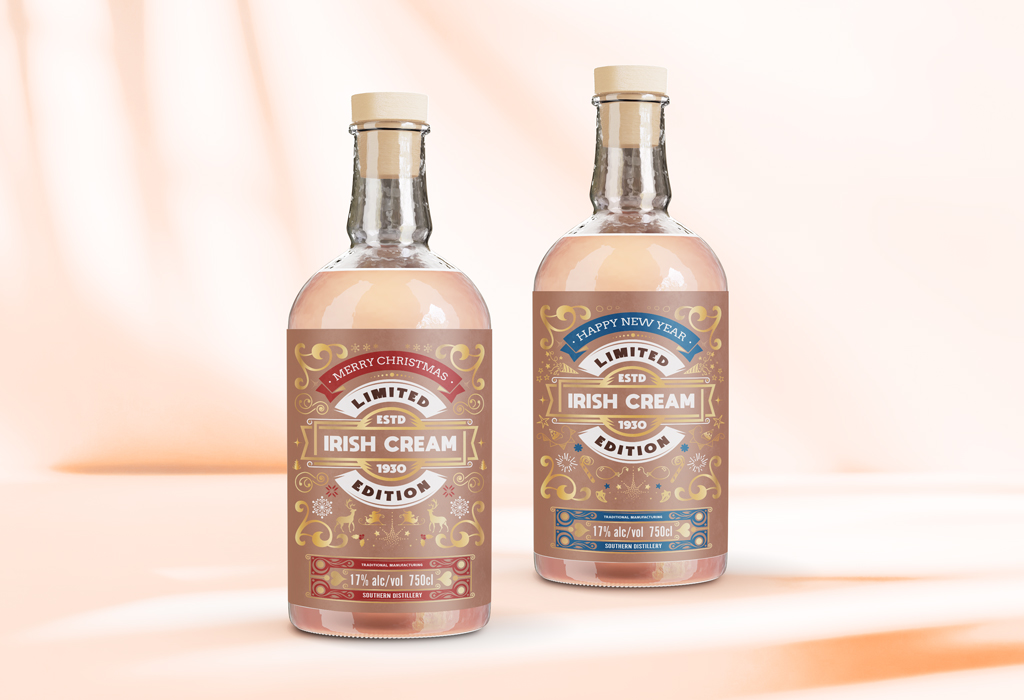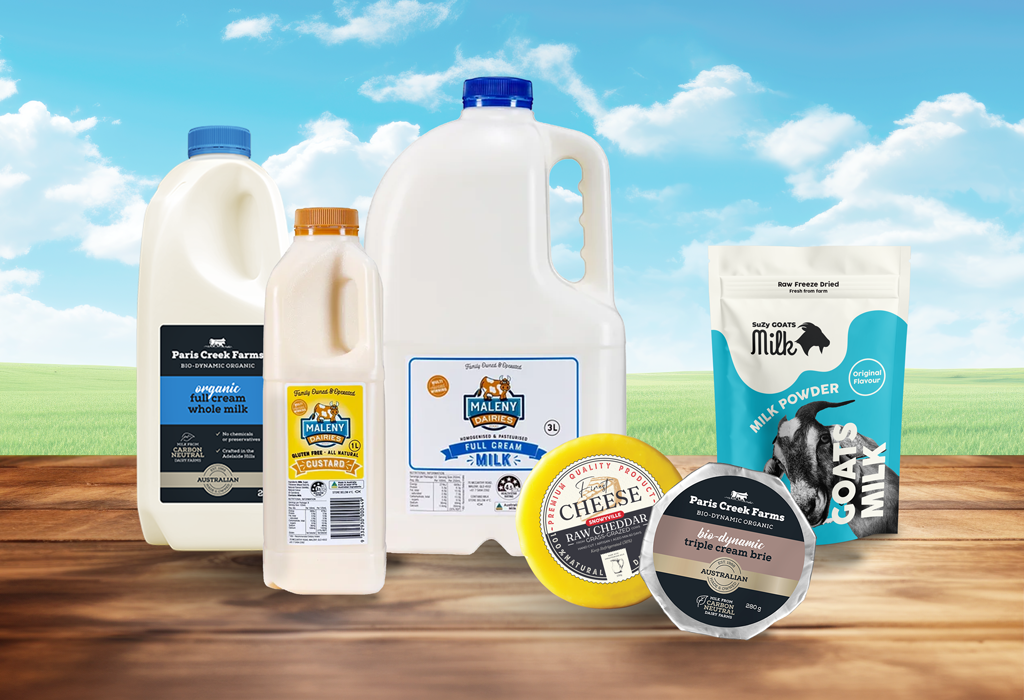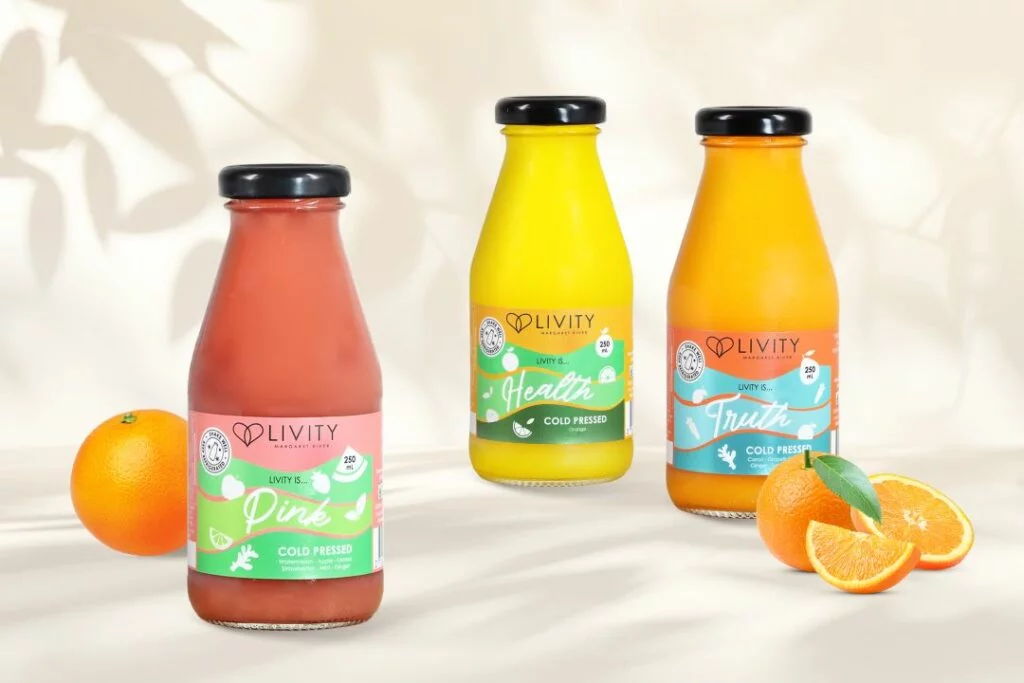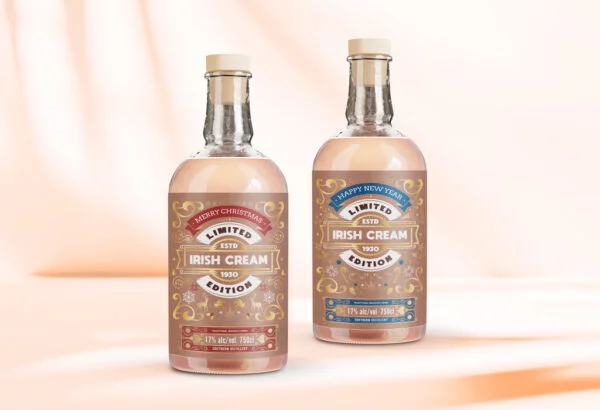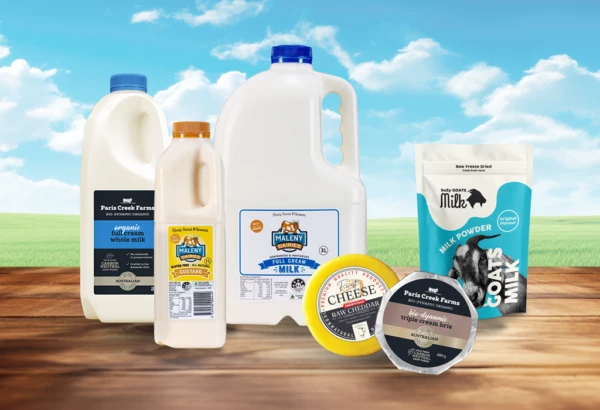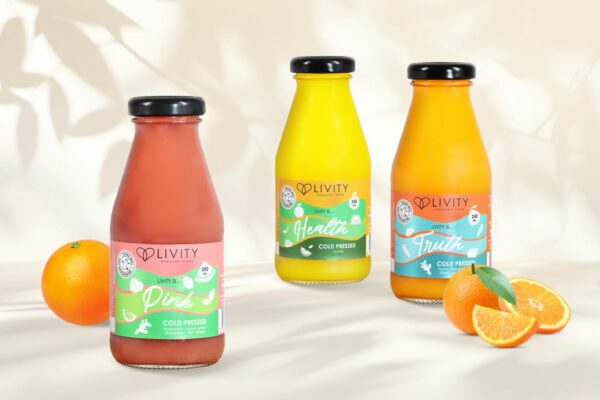Eco-friendly becoming a trend
Brands and consumers are changing with a global focus on reducing unnecessary packaging and waste. QLM want you to be aware of your options and have the ability to make a change. Achieving sustainability goals with labels and packaging requires an understanding of the role of the label or packaging in recycling and its impact on resources like water, energy, trees, GHG, solid waste and fossil fuels. It requires a wholistic approach that assesses the total impact on the environment and considers our role during the process: from raw material suppliers to manufacturers, logistics, brand owners and consumers.
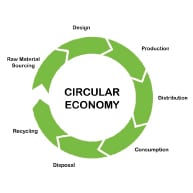 | The circular economy
| |
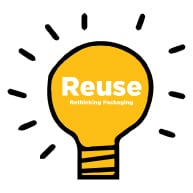 | The new plastics economy
| |
Why now?
Government departments, environmental agencies and major retailers are setting targets with a focus on plastics, packaging and waste. Companies are required to set sustainability goals that emphasise strategies to reduce, reuse and recycle as well as designing products & processes to be more resource efficient with net positive or net zero principles. The leaders for this change are:
APCO Australian Packaging Covenant
| Major retailers
|
 | 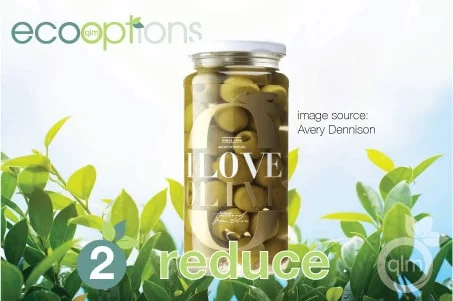 | 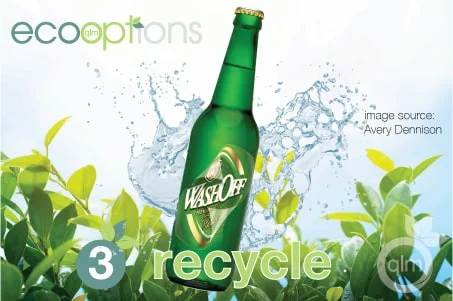 |
4R’s to achieve sustainability goals with labels & packaging | ||
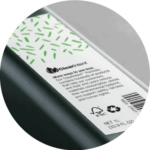 |
| 1. Responsibly source: renewable
|
| (Avery Dennison FSC® certified stocks & stocks from renewables, UPM Raflatac Bio-Based stocks) | ||
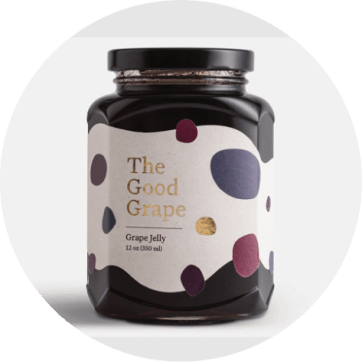 | 2. Reduce: less or lightweight materials
| |
| (UPM Raflatac RAFNXT+ Portfolio & Lite Portfolio, Avery Dennison Think Thin Range) | ||
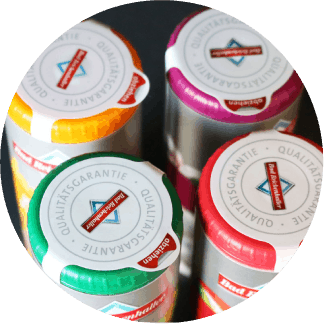 | 3. Recycle: content or recyclability
| |
| (UPM Raflatac FSC® recycled stocks, Avery Dennison CleanFlake, Herma Wash Away) | ||
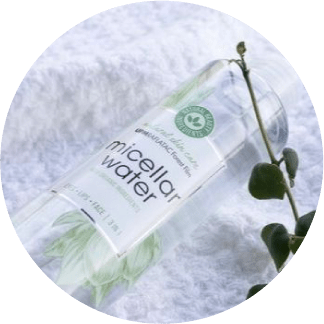 | 4. Plus compostable & biodegradable
| |
| (Avery Dennison Compostable Papers, UPM Raflatac Compostable Films, Herma Leaf Standard) | ||
Keep in touch with QLM Group to learn more about sustainability in labels & packaging.
Read more: “Attainable sustainable” labels & packaging






